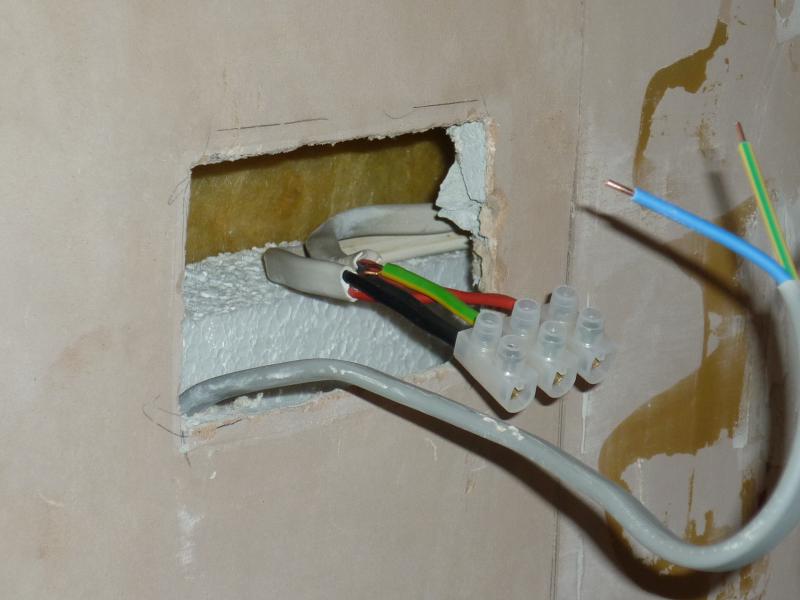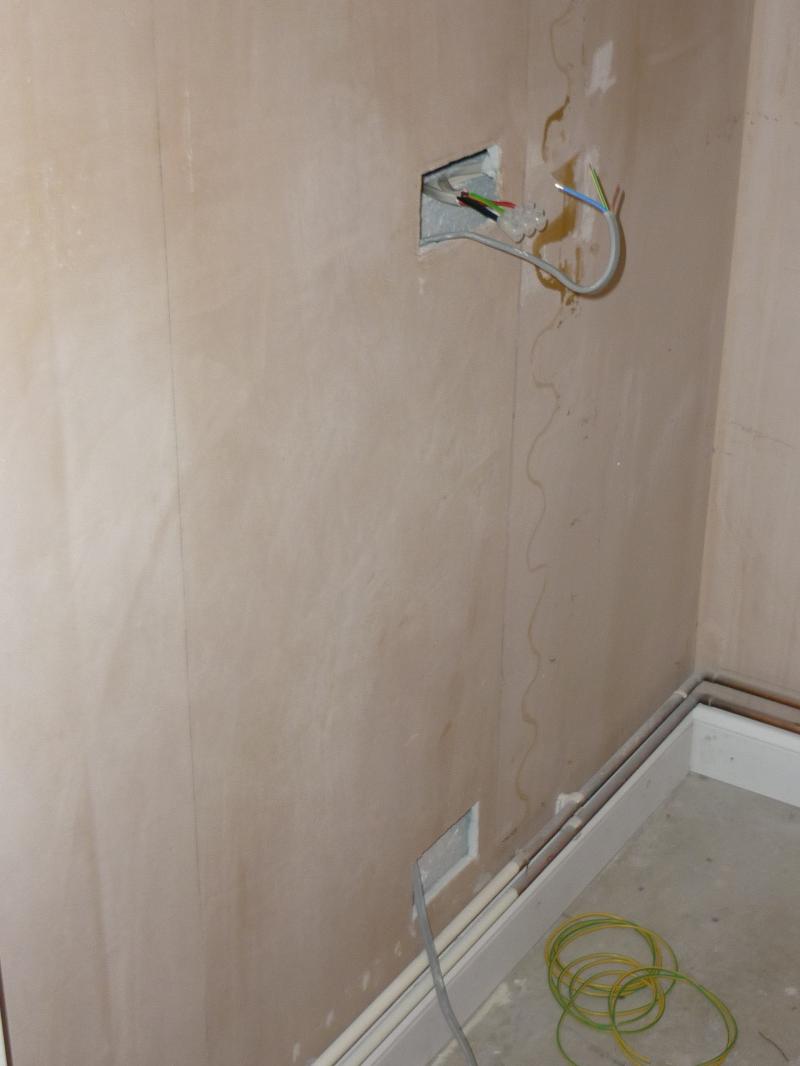Hi,
I have a socket half way up a cavity wall which I wish to move nearer the floor, but the cable is not log enough to move down. It has 2 wires of each colour going into it.
Can I use a 30A connector block with both sets of wires going in and run a single mains wire, behind the wall, to where the new socket will be without the single cable becoming potentially overloaded?
Thanks in advance
Andy
I have a socket half way up a cavity wall which I wish to move nearer the floor, but the cable is not log enough to move down. It has 2 wires of each colour going into it.
Can I use a 30A connector block with both sets of wires going in and run a single mains wire, behind the wall, to where the new socket will be without the single cable becoming potentially overloaded?
Thanks in advance
Andy



